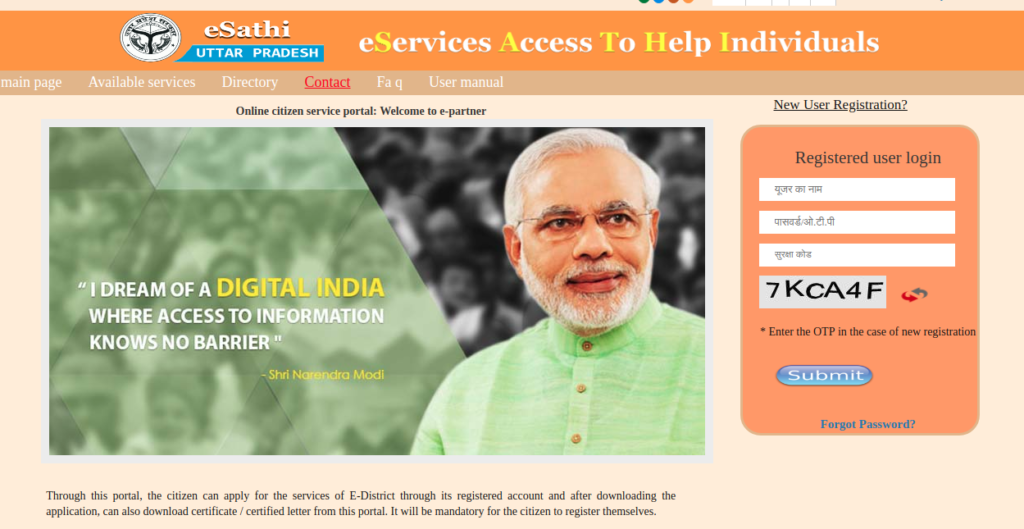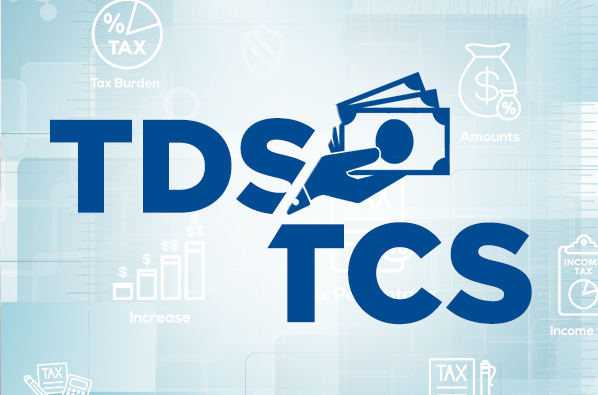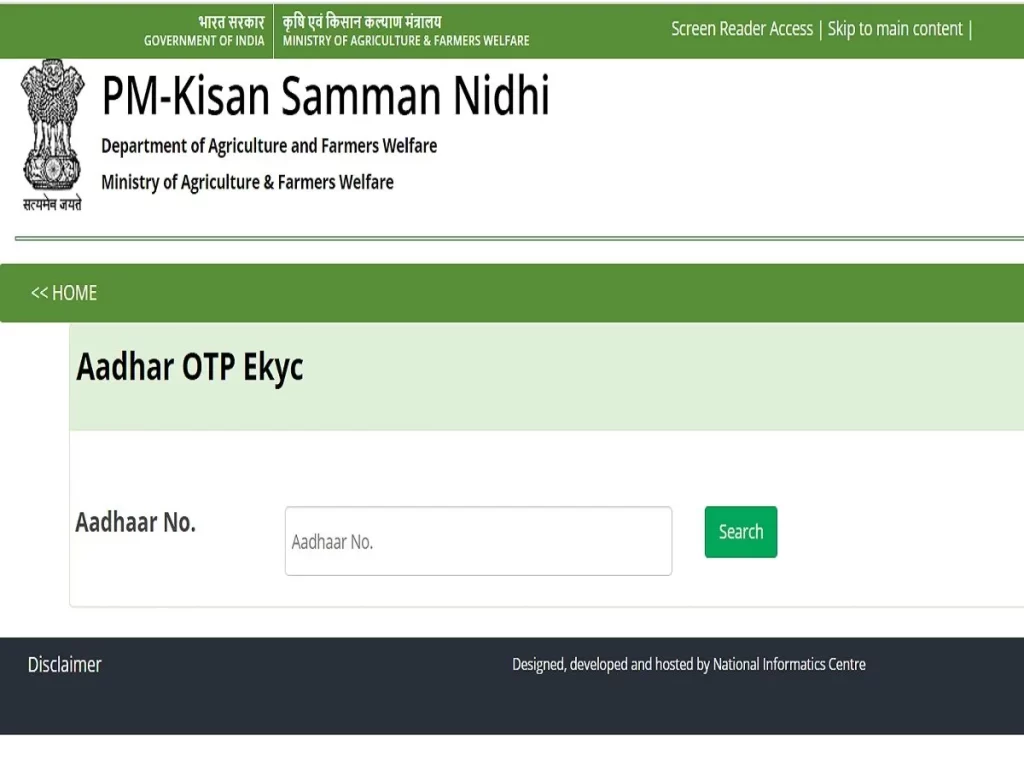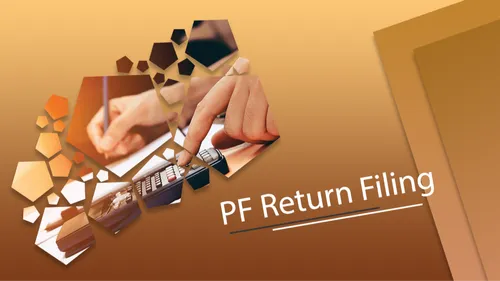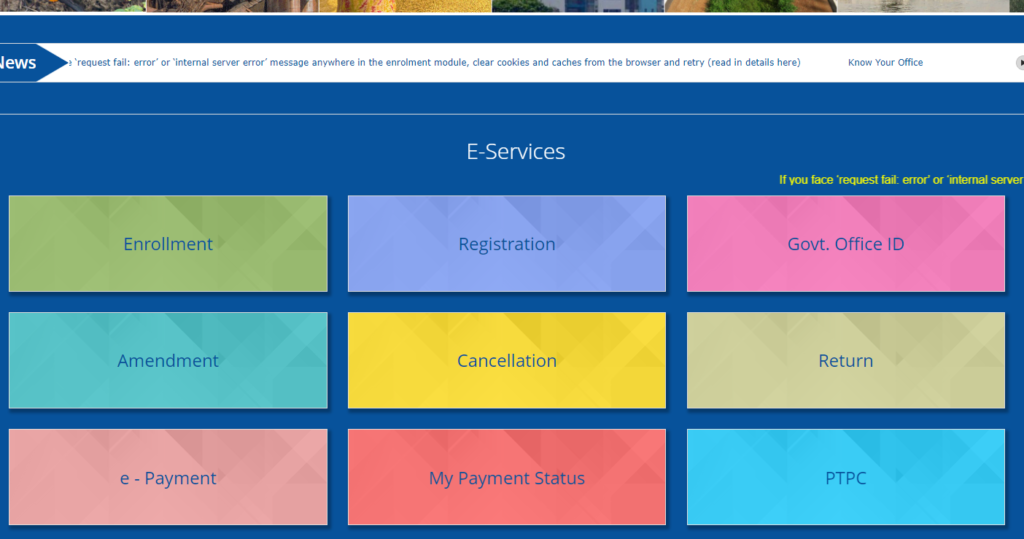eSathi Portal
eDistrict UP is an online portal established by the government of Uttar Pradesh to provide civic services to state residents. Available in both Hindi and English, residents can apply for certificates or services, download required documents and track their applications in a few clicks. Services offered by eDistrict UP Land records: Residents can access land records, such as Khatauni, Bhulekh UP and Khasra. Cases in revenue court: Users can check information about pending cases in the revenue court. Certificates: The portal allows applications for various certificates, including income, caste, birth, death, domicile and encumbrance certificates. New ration card: Residents can apply for a new ration card by submitting the required documents online. Details of district administration: The site provides information on the district administration, including contact details of different departments and officers. Grievance redressal: The platform enables residents to submit complaints and grievances about government services and track their status. Online payments: Users can make online payments for various services, such as land record fees or certification fees. Services in eSathi Portal Revenue Department- Under Revenue Department the online application has to be submitted through avail the list of certificates such as Income certificate, caste certificate, domicile certificate and apart from that following are the services like intimation copy, daily revenue dispute table, view court order for revenue dispute, revenue statement is also accessible. Urban Development Department/ Panchayat Raj Department- Under the department of urban development / Panchayat Raj, the citizens can request a birth certificate and death certificate by submitting an online application form for both. Panchayati Raj Department- This department allows the applicant to apply online for a copy of the family register. Home Department- This department allows making an online application for permission to use loudspeaker/public speaking system/sound expander device are submitted through this portal. Training and Employment Department- It provides the online facility for making application for employment registration and application for renewal of employment registration. Ration Card related services- It facilities the user with the online services such as an application for new ration card, application for ration card amendment, application for surrender of ration card. Social Welfare Department- The following services can be utilised under this department are listed out: Application for a pension for the unemployed female (widow) pensioner. Application for financial assistance for women under dowry scheme. Application for legal aid to women in dowry harassment. Application for grant scheme for the marriage of the widow of the destitute women daughter. Application for couple award for promotion of widow marriage. Application for widow pension. Department of Disabled Welfare- The disabled welfare department facilities the user with the following services is listed out. To apply for loan application by a disabled person. Application for marriage grant for the disabled person. Help and Equipment Application for the disabled person. Disabled Pension. Police Department- This department benefits the user with the list of services mentioned below. Complaint Registration Application for tenant verification Domestic servant requests for employee verification Employee Verification Request E-F.I.R Character certificate request Agriculture Department- The agricultural services can be availed by the people under this agriculture department. eSathi Portal Registration Provide Login Details Step 1: You need to provide login details for applying through any of the services. Existing User Registration Step 2: In case of an existing user, enter login id, password and captcha and then click on the “Submit” button. New User Registration Step 3: If you are not an existing user click on “New Registration” tab the current page will be redirected to the login application page where you have to fill the online application form for user registration. Complete the Details Step 4: Now, enter the details that are marked as compulsory and then click on the “Submit” button. Choose the Department Step 5: Select the department, and then you can start applying for the appropriate services. Application Form Step 6: Fill the application form with the relevant details and upload the required documents. Make Online Payment Step 7: After completing the application with the details, the appropriate fee for the services will have to be made through the payment link. Choose Payment Mode Step 8: Online payment can be made using either debit card, credit card and net banking. Successful Payment Step 9: After making successful payment an initial bank registration ID will be made available. Receive Acknowledgement Step 10: Then the applicant will receive an acknowledgement number as the confirmation of successful submission of application through SMS. Status of the Application Step 11: Then the assessing authority will verify the status of the application if approved the certificate information will be intimated to the applicant through SMS. FAQs What is the e-Sathi Portal? The e-Sathi Portal is an online platform launched by the Government of India to provide various government services and information to citizens in a digital format. What services can be accessed through the e-Sathi Portal? Applying for various certificates (e.g., caste, income, residence) Checking the status of applications Accessing government schemes and services Updating personal details and records
